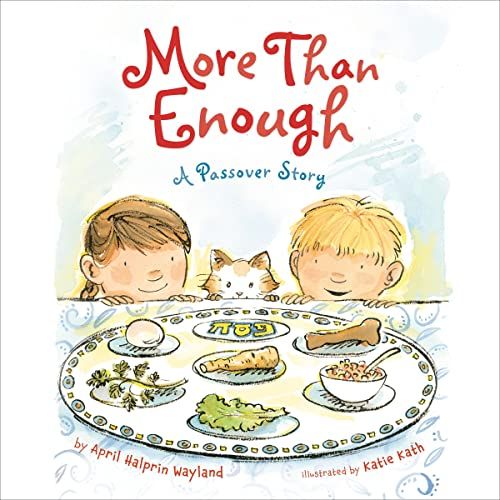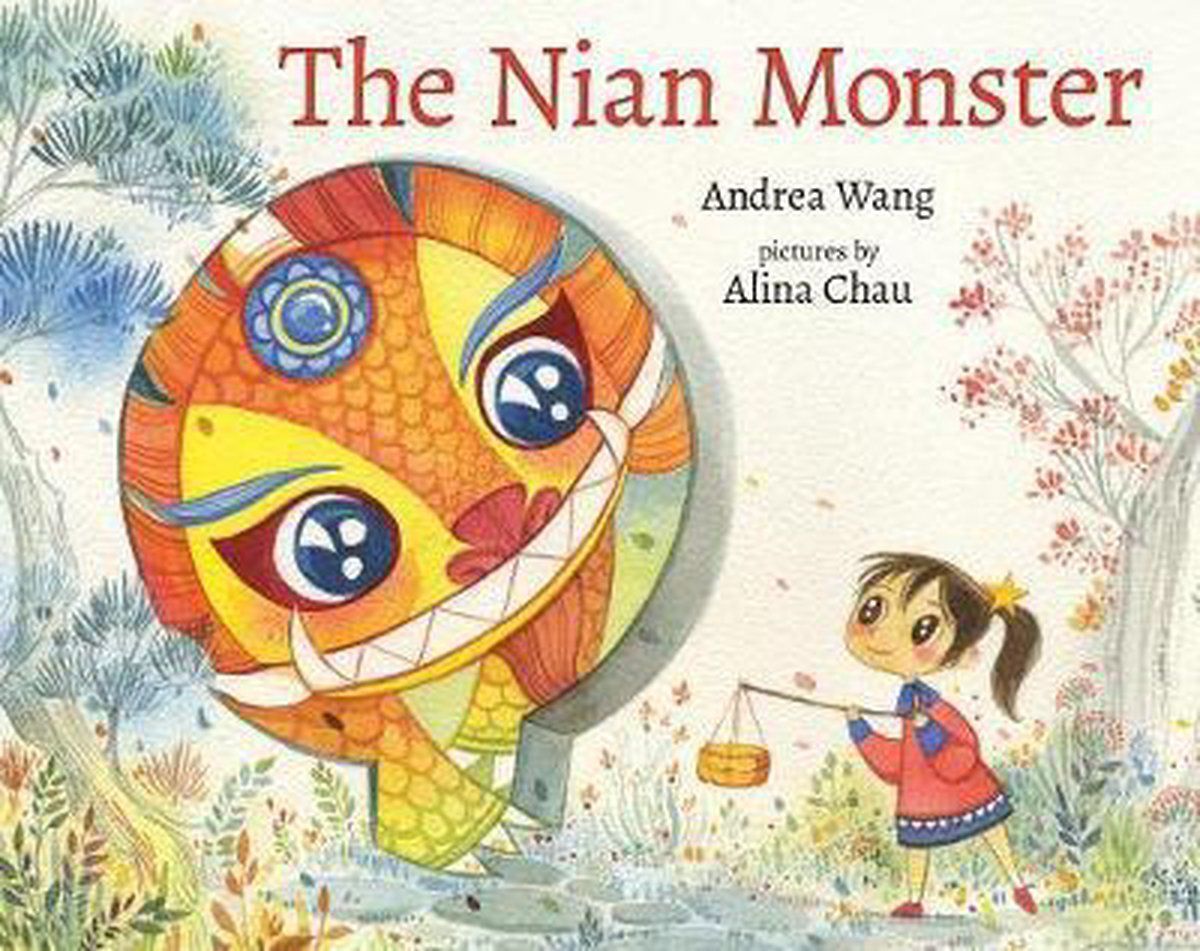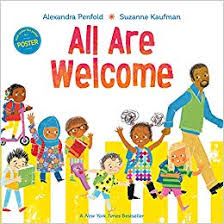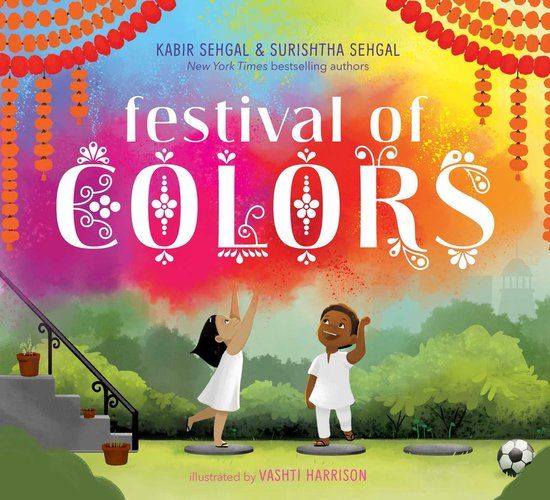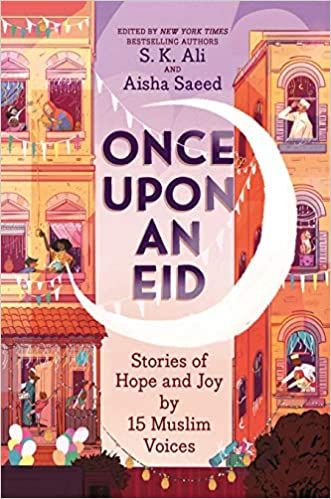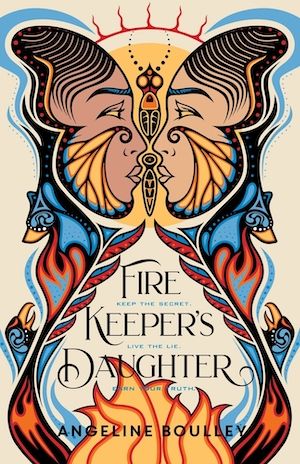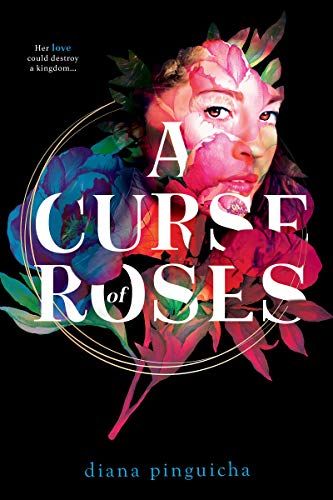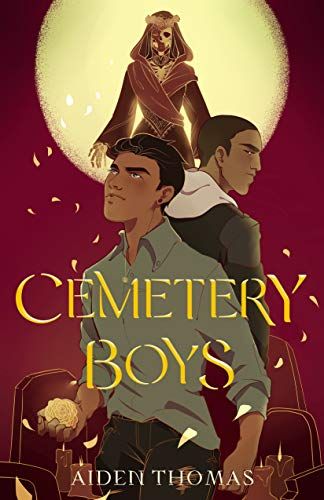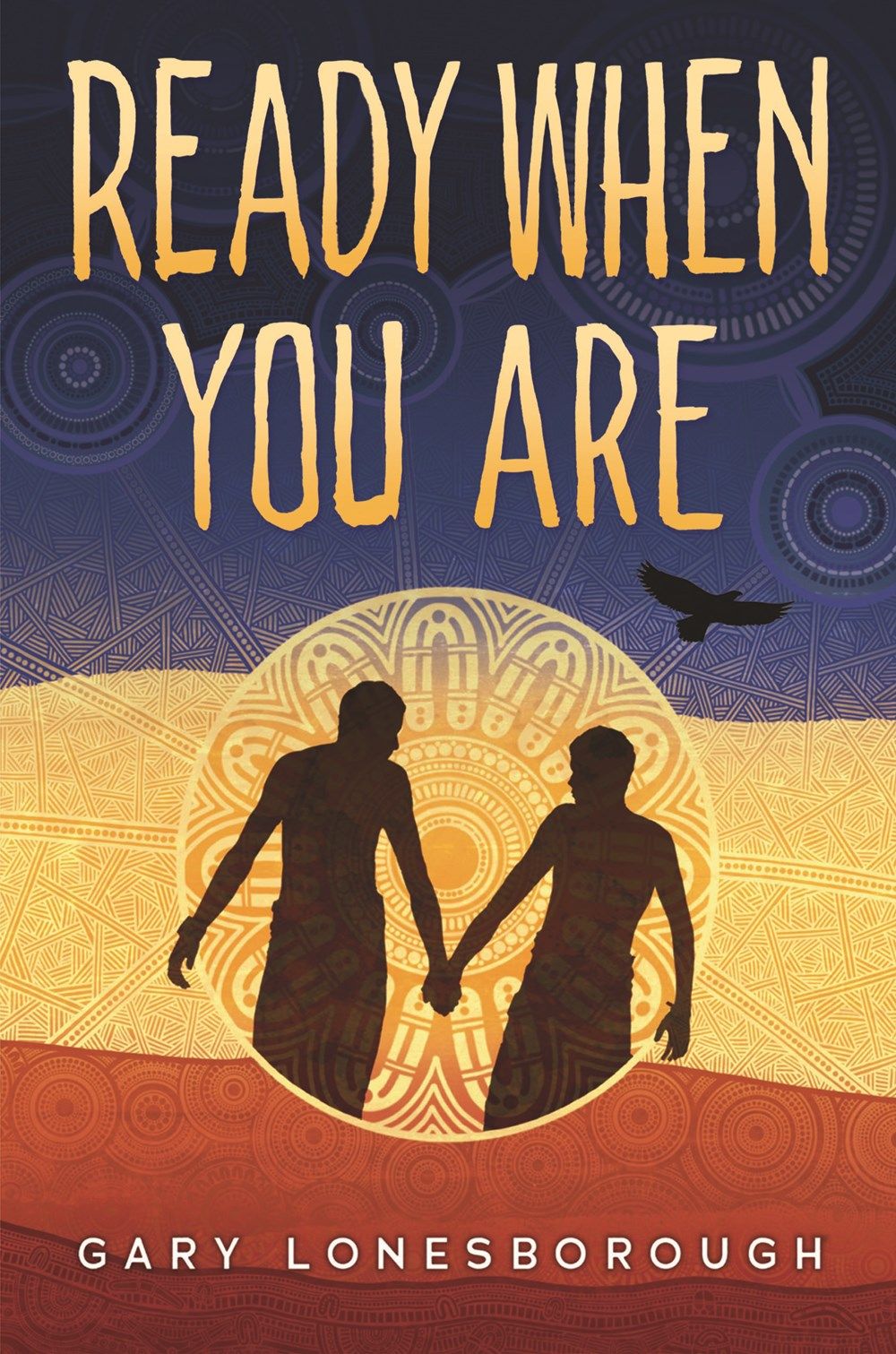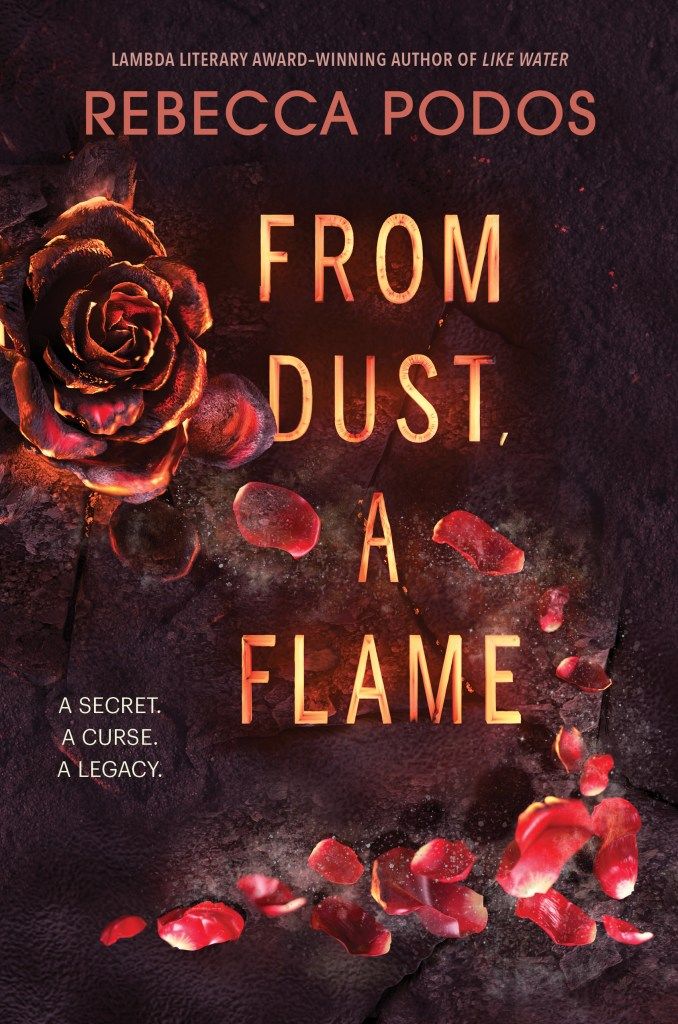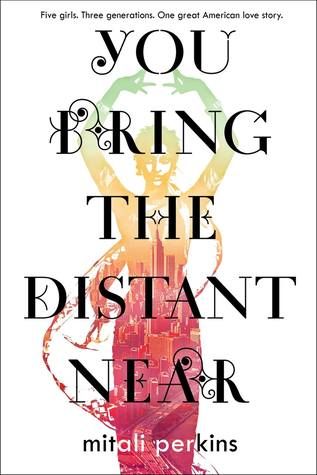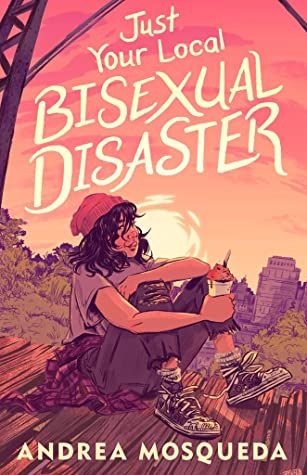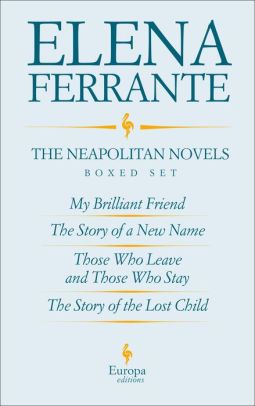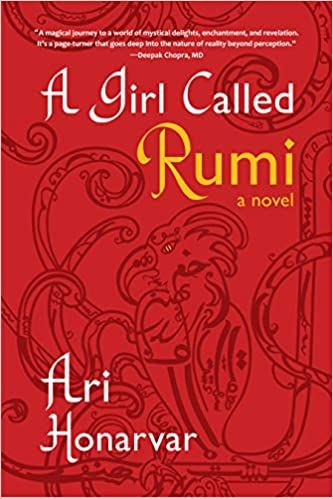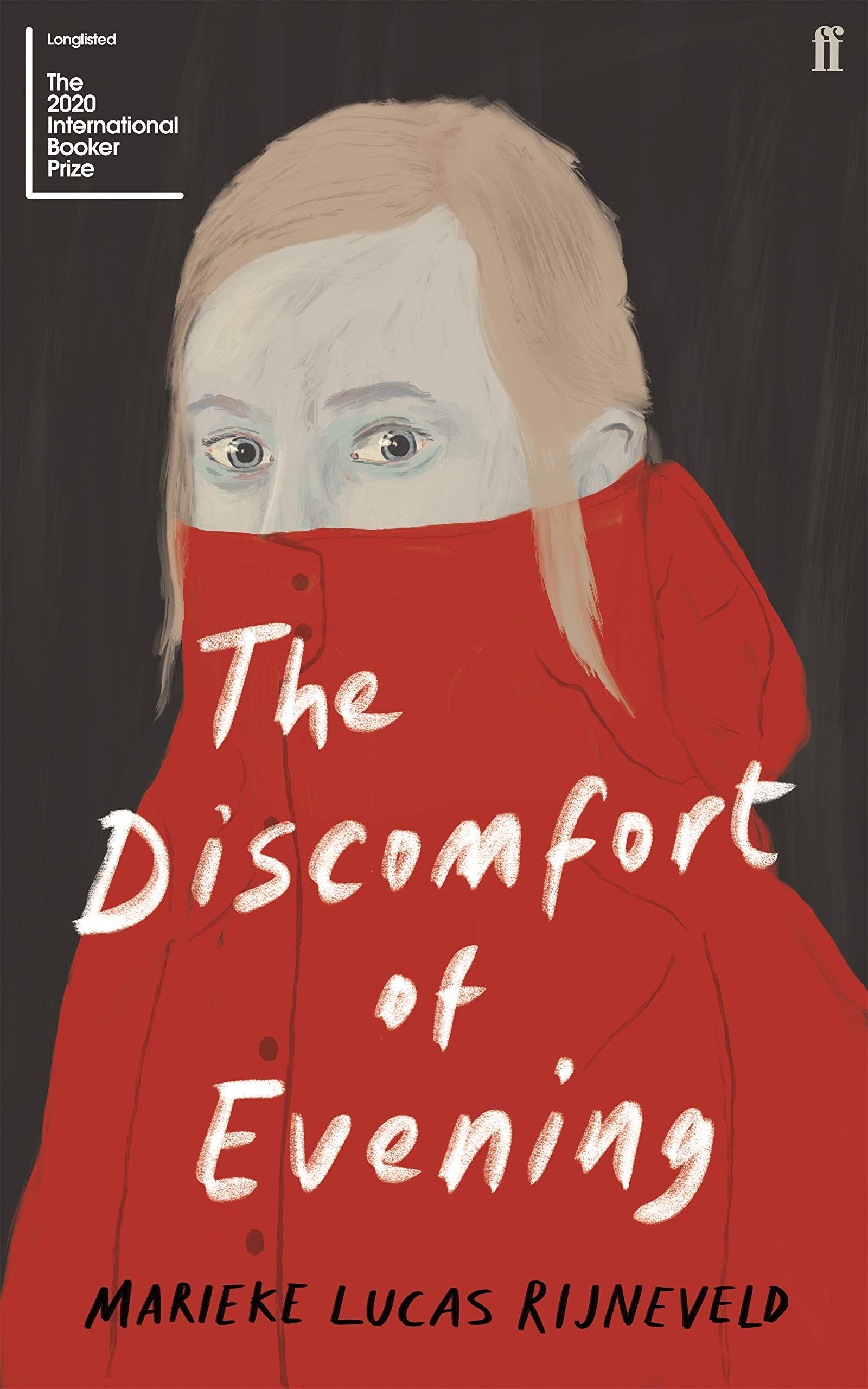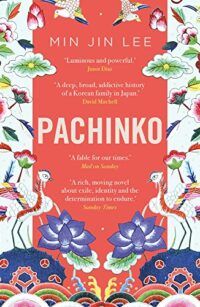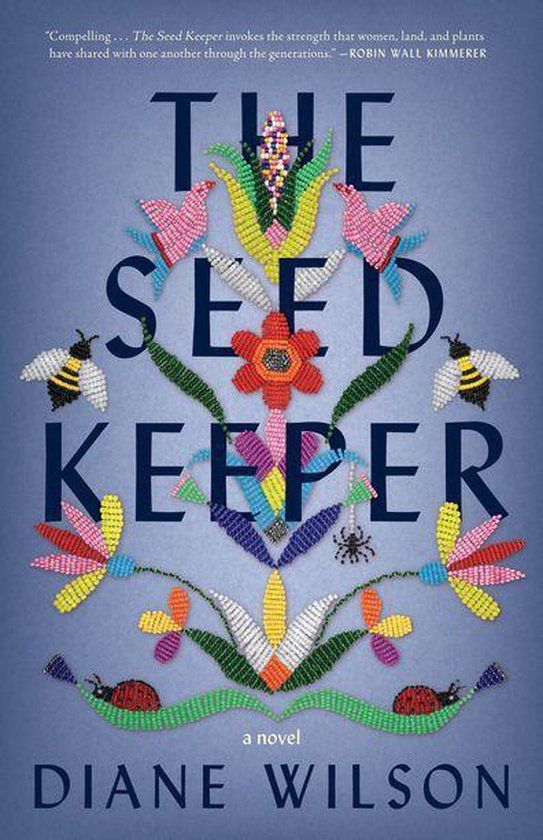In Portugal, for example, we have what we like to call a “table culture:” we have good food, and we very much enjoy eating it, so when we make an appointment with someone — either personal or professional — we usually gather around the table. Meeting people is yet another reason to have great food, and our lunches and dinners can last for several hours. I can admit that I like a lot of things about the country I am currently living in, but the so-called table culture doesn’t exist here as much. I have adapted to that, and I love that I don’t have to make meals that would feed three families each time I invite one person over for dinner, but I am still surprised at how matter-of-fact and easygoing Dutch people are about food, and in the end, food culture is still one of the things I miss the most. Being here, I get to explore another culture first-hand, and since I work in an environment with several immigrants, it’s always fun when we start going on about the quirks and costumes of our own native lands. We tend to focus on the differences, of course, and how funny they usually are, but there is also always a lot of common ground. In the list below there are different fiction books for different ages which, with more or less spotlight, include cultural traditions. I hope you enjoy them as much as we do. If you have enjoyed this post on fiction books about cultural traditions, here are a few more you may want to read. Across the book, you can hear the “Dayenu” refrain, which translates to “it would have been enough,” and refers to a Passover song. At the Chinese New Year, the famous Nian monster has returned, intent on devouring Shanghai. But Xingling is clever, and she will use all of her skills to stop Nian from achieving his goal and save the city — and herself. Not only is this book a good resource on Chinese New Year, but it would be also useful to introduce to children before a visit to Shanghai, since it depicts iconic places and dishes. Several cultures and traditions sit at the table, and all are welcomed with open arms. In this book, siblings Mintoo and Chintoo are collecting flowers, which will then be turned into colourful powders, to be used at the festival. When the day of the festival arrives, they celebrate with family, neighbours, and friends. Although this book is sometimes seen in YA lists, the stories are more targeted to middle grades, making it perfect for younger audiences as well. Between her hometown and the nearby Ojibwe reservation, Daunis is deep in the investigation, putting her own life at risk — with more and more doubts arising as new clues and information come to life. In this book, young Yzabel is betrothed to Denis, but she has a secret to hide (several, really): her magic — which she considers a curse — turns everything she tries to eat into flowers. The country is experiencing a famine, and Yzabel only needs to find a way to reverse her curse to be able to feed all those who need to be fed. Fatyan is an enchanted Moira released by Yzabel, and she tries to help Yzabel in her quest, but nothing is as easy as they would like it to be. Yadriel’s family has trouble accepting his gender, but he wants to prove that he is a real brujo, so he decides to perform a ritual by himself. His intention was to find the ghost of his murdered cousin and set it free, but it is not his cousin who shows up: it is Julian Diaz, the school’s bad boy. Now Yadriel has no other choice but to help Julian figure out why and how he became a ghost, and to prove himself as a real brujo in the process. But when they both have to create a business for a school assignment and Flávia decides to open a henna business, putting herself directly in competition with Nishat, things start to get heated. And yet, amongst all the competition, what is this affection they can’t help but feel for each other? This is an amazing YA novel that makes clear what cultural appropriation can look like. Like every year, his Aunty and cousins from the city pay him a visit, but this time they bring along a boy with them. A boy who will give Jackson no other choice but to face who he truly is — even if that is not what he believes he should be. Hannah’s mother has kept Hannah and her brother always on the go. No roots, just a string of relationships and homes left behind. On Hannah’s 17th birthday, she wakes up with golden eyes and long narrow pupils, so her mother leaves her and her brother, promising she knows someone who can help. But as she fails to return, Hannah and Gabe realise it is up to them now to figure out what is going on, and do their best to fix it. It is a story that takes place across generations, with different members of the same family dealing with their own troubles and worries, from forbidden love affairs to the fear of a loss of identity. Especially those with an emigration background will recognise a lot of themes in this novel, and how well they are approached. Maggie Gonzalez grew up in Rio Grande Valley, and she is happy with her life, in general. But her sister’s quinceañera is fast approaching, and she needs to find herself a date for the party. As she wonders who to choose as her date, she realises this also means having to confront her past, and her own feelings. The series is composed of four books, and although it is mostly centered on the friendship of two women and those who are part of their lives, they are acclaimed for the accurate portraits of the Neapolitan people and culture of the time, being often described as “the story of a nation.” In this book, we see the 9-year-old main character grow up, being settled in the U.S., and then travelling to Iran with her ill mother and brother. Past and present intertwining, and the perpetual conflict of being an emigrant (in this case a refugee), and the places where we belong. Although the story revolves around the ways in which the family deals with this loss, it offers a great look into the Dutch country’s daily life — and costumes — of the time. This is an amazing book, a story that runs across several generations of the same family, and their struggles in a land that is not their own, and that holds so much prejudice towards their culture and traditions. It’s a beautiful book, and it has taught me a lot about the Korean-Japanese conflicts. The story follows the life of Rosalie Iron Wing, but past and present come and go, and we get to also see pieces and bits of her childhood and the ways her Dakhóta family had to flee. Rosalie is put in foster care, and eventually marries a white man. Much older, she returns to her family home, and we see glimpses of her life and how the women of her family have carried and saved seeds and Native traditions through generations. 12 Great Indigenous Memoirs 9 Of The Best Jewish Fantasy Books Books To Boost Cultural Literacy
